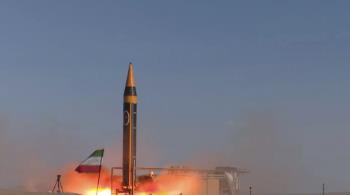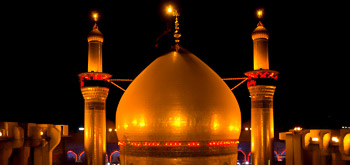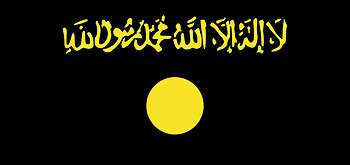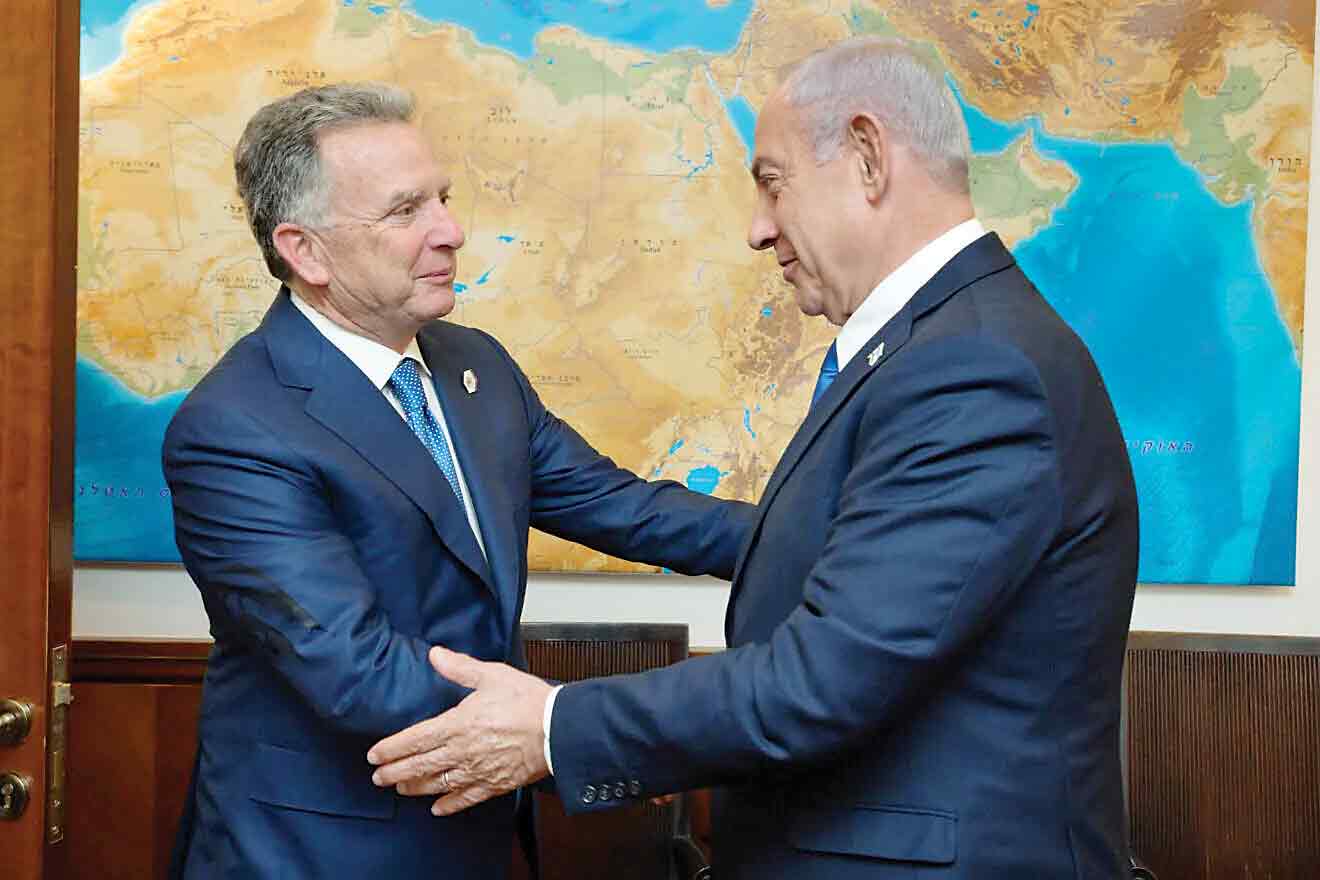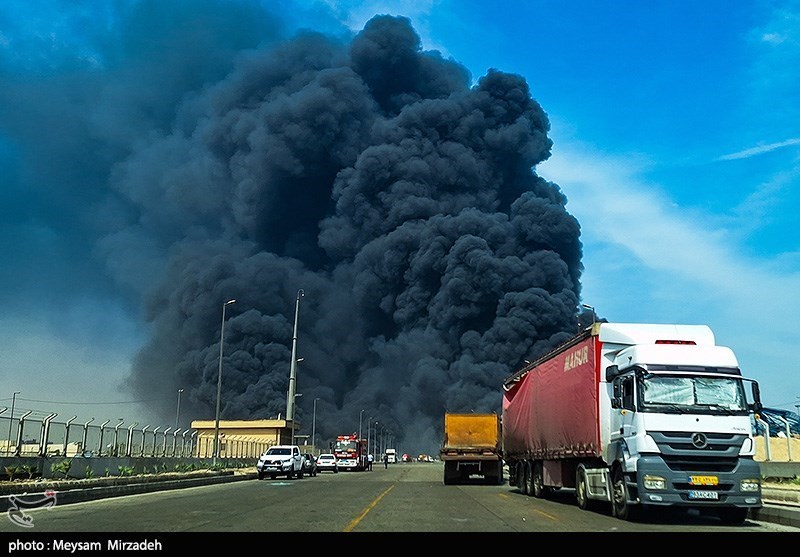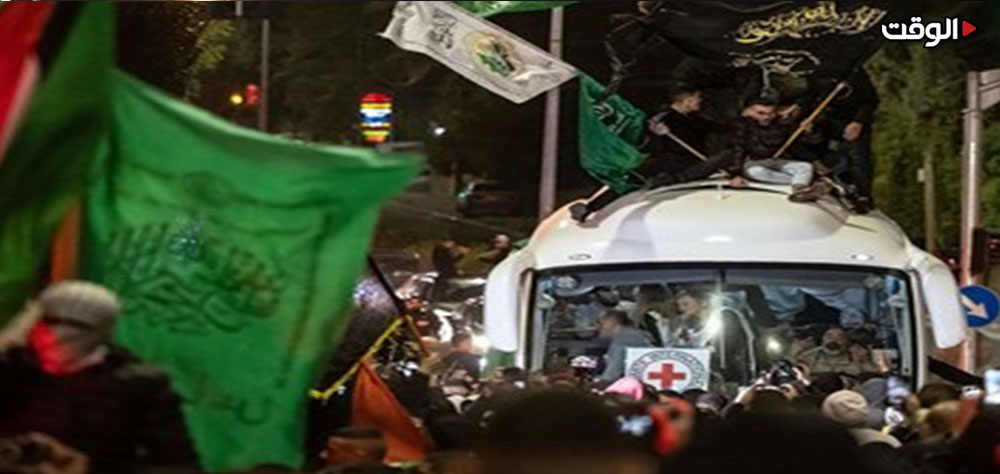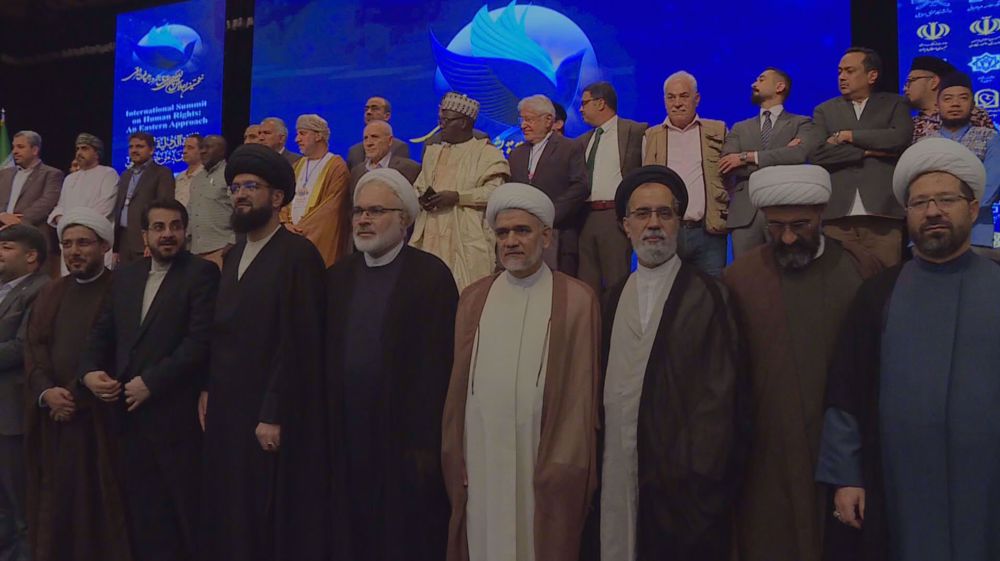Alwaght- In the middle of the massive humanitarian catastrophe hitting Gaza as a result of the Israeli bombing, diplomatic efforts to end the conflict have once again accelerated. In this situation, the US has unveiled a ceasefire proposal presented by its West Asia envoy Steve Witkoff, taking a fresh step towards managing the crisis. This purely American initiative emphasizes temporary end of war and prisoner swap and aims t o restore the American position in the regional crisis settlement process.
The plan initially included a 60-day ceasefire, during which Hamas was to release 10 Israeli prisoners and hand over the bodies of 18 prisoners at the beginning and end of the two-month truce. In return, Tel Aviv pledged to hand over 125 Palestinian prisoners sentenced to life imprisonment, 1,111 prisoners from Gaza, and 180 bodies of Palestinian prisoners. The plan also emphasizes the entry of humanitarian aid into Gaza, during which future negotiations will be held to end the war and Israel's withdrawal from Gaza.
Tel Aviv accepted the plan, seeing it as an opportunity to return the prisoners and reduce international pressure. However, Hamas, while not rejecting the plan, demanded reforms, including a permanent ceasefire, a complete withdrawal of Israeli troops from Gaza, and guarantees for the delivery of humanitarian aid. Witkoff called these demands completely unacceptable and considered them an obstacle to progress on the path to peace, and instead of including the Palestinians’ demands in the terms of the agreement, he presented an updated proposal in line with the interests of the Israeli regime.
Witkoff's new proposal differs from the previous one that Hamas had agreed to. In this regard, senior Hamas member Bassem Naim said that the movement had received Tel Aviv’s response to Witkoff’s proposal, and that this response did not meet any of the fair and legitimate demands of the Palestinian people.
The new initiative proposes release of only 10 Israeli prisoners within a week. This means that the swap deal, including handing over of 18 prisoner bodies will be completed within a week, something Hamas rejected. The office of Israeli Prime Minister Benjamin Netanyahu took the lead and accused the Palestinian side of sabotaging the ceasefire process, claiming that Hamas's response was unacceptable and would set things back. Netanyahu's office claimed that Hamas insisted on rejecting the plan.
Meanwhile, Hamas is only concerned that by releasing all prisoners within a week, the occupying regime will resume its attacks and not adhere to its commitments in the remaining 53 days of the ceasefire, and for this reason, the implementation of Witkoff's plan remains in limbo due to differences between Hamas and Tel Aviv over the prisoner swap process.
On the other hand, the exclusion from the process of key countries in the region, such as Egypt and Qatar, which have previously played an effective role in similar negotiations, weakens the legitimacy and ability to implement the plan. Experience has shown that without effective monitoring and international pressure and in the absence of guarantees for the implementation of the agreement, Tel Aviv has repeatedly violated the agreements.
The US, the main obstacle to ceasefire
Although Israeli and American officials always accuse Hamas of marring the talks, it is in fact Washington that with its pro-Israeli biased policies pushes the peace process to failure.
While this plan is considered a diplomatic step by the US, the key question is whether Washington is really seeking to stop the war or is it simply seeking to manage public opinion in return for its unconditional support for Tel Aviv?
Such seemingly US peace plans were previously put to the test during the President Joe Biden era, and the Biden administration had proposed a three-stage plan for a ceasefire in Gaza, but in practice, by continuing to ship weapons to Israel and vetoing UN resolutions to stop the war, it sent a contradictory message to the world, and this practice continues under the Trump administration.
It is certain that the success of any peace plan depends on the ability to meet the basic demands of both sides, and although Trump apparently supports a ceasefire in Gaza, in practice he seeks to secure the interests of the Israelis and shows no will to meet the demands of the Palestinians. Therefore, Hamas's insistence on a permanent ceasefire and the withdrawal of the occupying forces stems from a deep distrust and need for lasting security guarantees. This distrust is deeply rooted not only among Hamas but also among the Palestinian public at large, who view any ceasefire as merely a tactical pause to restore Tel Aviv's military power.
Though showing flexibility to the ceasefire proposals, the resistance groups reject to surrender to the Israeli demands and considers such cases as full exit of Israeli forces from Gaza, humanitarian aid delivery, and also talks on disarmament as their red lines. But these righteous demands of the Palestinians are ignored in the American ceasefire plans.
If Washington is truly seeking to end the war, it should use its real levers to curb Tel Aviv. Continuation of the diplomatic and military support to Israel is seen as a green light to the Israelis to go ahead with massacring of civilians in the coastal enclave. Optimism for peace is possible only if the US openly and resolutely put strains on Israel for end of war and blockade , and occupation in Gaza. Otherwise, no ceasefire proposals will be approved of as real peace efforts.


